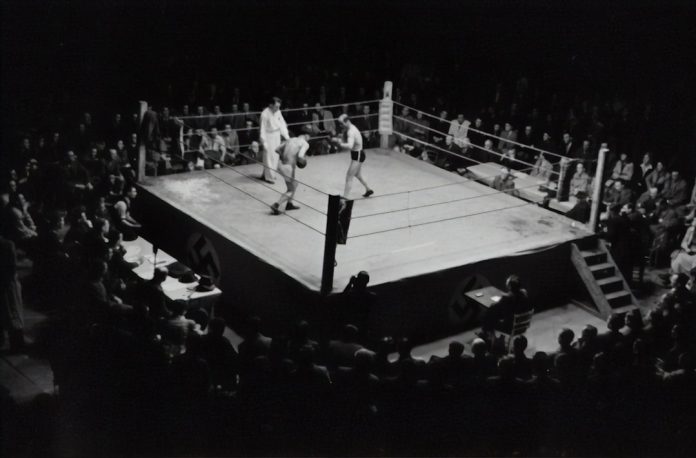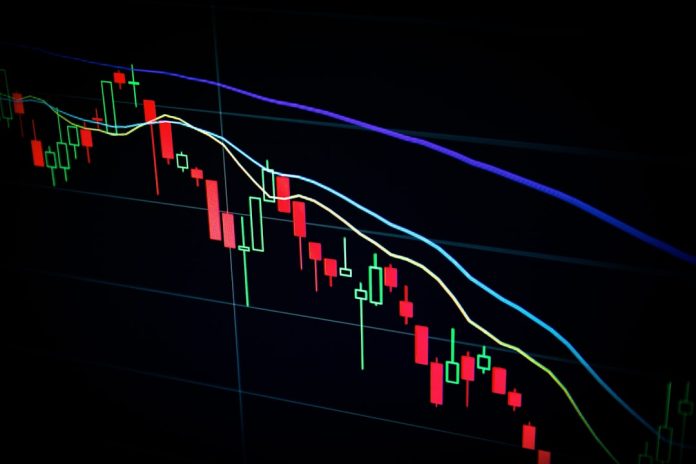Card grading is the process of evaluating and assigning a grade to a trading card based on its condition. This grading system is important for collectors because it provides a standardized way to assess the quality and value of a card. Without grading, collectors would have to rely solely on their own judgment, which can be subjective and inconsistent.
The Grading Scale and Criteria
The grading scale for trading cards typically ranges from 1 to 10, with 10 being the highest grade possible. Each grade represents a different level of condition, with factors such as centering, corners, edges, and surface all taken into account.
A card with a grade of 10 is considered to be in pristine condition, with no visible flaws or imperfections. A grade of 9 is also considered excellent, with only minor flaws that are not immediately noticeable. Grades of 8 and below indicate varying degrees of wear and damage, with lower grades indicating more significant issues.
Factors that Affect Card Value
The grade of a card has a direct impact on its value. Higher graded cards are generally more valuable because they are considered to be in better condition. Collectors are willing to pay a premium for cards that are in excellent condition because they are more visually appealing and have a higher likelihood of retaining their value over time.
In addition to the grade, there are other factors that can impact the value of a card. Rarity is one such factor – cards that are harder to find are generally more valuable because they are in higher demand. Popularity is another factor – cards featuring popular players or teams will often command higher prices. Historical significance can also play a role – cards from iconic moments or milestones in sports history are highly sought after by collectors.
The Importance of Authenticity
Before having a card graded, it is crucial to ensure that it is authentic. Counterfeit cards can be difficult to spot, especially for inexperienced collectors. Having a card authenticated by a reputable service is essential to protect the integrity of the grading process and ensure that collectors are getting what they paid for.
Authentication services use various methods to determine the authenticity of a card, including examining the printing techniques, materials used, and comparing it to known authentic examples. Once a card has been authenticated, it can then be submitted for grading.
The Role of Professional Graders
Professional grading companies play a crucial role in the card grading process. These companies employ experienced graders who have extensive knowledge of trading cards and are trained to evaluate their condition accurately. They use specialized equipment and techniques to assess factors such as centering, corners, edges, and surface.
Some of the major grading companies include PSA (Professional Sports Authenticator), BGS (Beckett Grading Services), and SGC (Sportscard Guaranty). Each company has its own reputation and grading standards, so it is important for collectors to research and choose a company that aligns with their preferences.
Tips for Collectors: How to Grade Your Own Cards
While professional grading is recommended for most collectors, there are some who prefer to grade their own cards. This can be a cost-effective option for those who have experience and knowledge in card grading.
To grade your own cards, it is important to have the right tools and resources. A magnifying glass or loupe can help you examine the finer details of a card, such as print lines or surface imperfections. A ruler or measuring tool can assist with assessing centering. It is also helpful to have access to reference materials or online resources that provide guidelines and examples of different grades.
The Impact of Condition on Card Value
The condition of a card has a significant impact on its value. Even small imperfections can significantly lower a card’s grade and subsequently its value. For example, a card with a slight crease or a corner that is slightly rounded may receive a grade of 8 instead of 9 or 10, resulting in a significant decrease in value.
Collectors are willing to pay a premium for cards that are in excellent condition because they are more visually appealing and have a higher likelihood of retaining their value over time. Cards with higher grades are also more likely to appreciate in value over time, making them attractive investments for collectors.
Special Considerations for Football Cards
Football cards have their own unique factors that can impact their grading and value. One such factor is the player depicted on the card. Cards featuring iconic players or Hall of Famers are generally more valuable because they have a larger fan base and are in higher demand.
The year the card was produced can also play a role in its value. Older football cards are often more valuable because they are harder to find and have historical significance. Additionally, the condition of football cards can be affected by the nature of the sport itself, as football is a contact sport and cards may be more prone to damage.
Some of the most valuable football cards include the 1958 Jim Brown rookie card, the 1962 Joe Namath rookie card, and the 1986 Jerry Rice rookie card. These cards are highly sought after by collectors due to their rarity, historical significance, and the popularity of the players depicted.
Special Considerations for Basketball, Soccer, and Hockey Cards
Similar to football cards, basketball, soccer, and hockey cards have their own unique factors that can impact their grading and value. The player depicted on the card is one such factor – cards featuring legendary players or current superstars are generally more valuable because they have a larger fan base and are in higher demand.
The year the card was produced can also play a role in its value. Older basketball, soccer, and hockey cards are often more valuable because they are harder to find and have historical significance. Additionally, the condition of these cards can be affected by the nature of the sports themselves, as basketball, soccer, and hockey are all physical sports and cards may be more prone to damage.
Some of the most valuable basketball cards include the 1986 Michael Jordan rookie card, the 1969 Lew Alcindor (Kareem Abdul-Jabbar) rookie card, and the 2003 LeBron James rookie card. In soccer, some of the most valuable cards include the 2004 Lionel Messi rookie card, the 2004 Cristiano Ronaldo rookie card, and the 1998 David Beckham rookie card. In hockey, some of the most valuable cards include the 1979 Wayne Gretzky rookie card, the 2005 Sidney Crosby rookie card, and the 1985 Mario Lemieux rookie card.
Resources for Collectors: Where to Buy and Sell Graded Cards
There are several options available for collectors who want to buy and sell graded cards. Online marketplaces such as eBay and COMC (Check Out My Cards) provide a wide selection of graded cards from various sellers. These platforms allow collectors to browse through listings, compare prices, and make purchases directly from sellers.
Auction houses such as Heritage Auctions and Goldin Auctions also offer a platform for collectors to buy and sell graded cards. These auction houses often have specialized sports memorabilia auctions where collectors can find rare and valuable graded cards.
Another option for collectors is to attend sports card shows or conventions. These events bring together collectors, dealers, and grading companies in one location, providing an opportunity to buy, sell, and trade graded cards in person.
Each option has its pros and cons – online marketplaces offer convenience and a wide selection but may have higher fees or risks associated with buying from unknown sellers. Auction houses offer a chance to find rare and valuable cards but may require more effort and time to participate in the bidding process. Sports card shows and conventions provide a unique experience and the opportunity to interact with other collectors but may have limited availability or selection.
In conclusion, card grading is an important aspect of collecting trading cards. It provides a standardized way to assess the quality and value of a card, allowing collectors to make informed decisions about their purchases and investments. The grade of a card, along with other factors such as rarity, popularity, and historical significance, can significantly impact its value. Whether collectors choose to have their cards professionally graded or grade them themselves, it is crucial to ensure the authenticity of the cards before proceeding with the grading process. With the right tools, resources, and knowledge, collectors can navigate the world of card grading and build a valuable collection of graded cards.
If you’re interested in baseball card grading, you might also want to check out this related article on NFL sports card grading. It’s a comprehensive guide that can help boost the worth and appeal of your NFL sports card collection. From understanding the grading process to identifying valuable cards, this article provides insider tips and tricks for building your ultimate sports card collection. Read more



